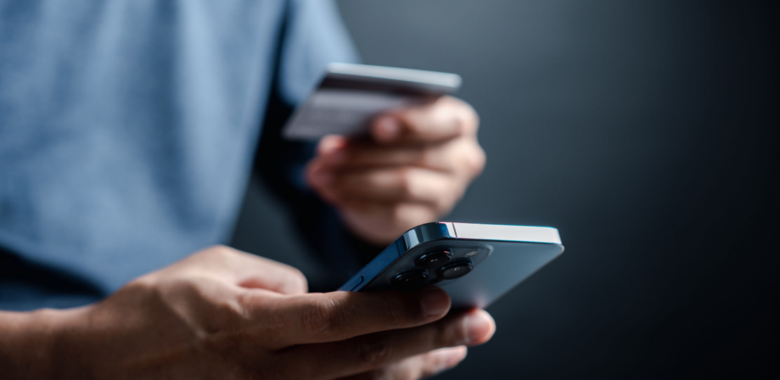Today, the EMV payment card is the dominant payment method in the world, for both at stores and for online purchases. EMV payment cards can be physical type of cards defined by ISO standards and made of PVC or eco-friendly materials. They can also be digital, inside mobile wallets, or virtual when issued in-app only.
Each cardholder has a personal cards portfolio combining one or several types of cards – physical, digital and virtual – to best fit his or her daily routines to shop and pay.
The card journey is hyper personalised, with different card types being used based on their perceived merit in terms of simplicity to use, configurability (e.g. PIN code selection, spending limits, temporary activation/de-activation), sustainability and inclusivity.
The bottom line is that each individual will adopt different payment habits for different purchase scenarios: there are distinct roles and use cases attributed by the cardholder for each of his or her cards.
The physical card’s natural role is for in-store purchases at the Point of Sales Terminal. It can be used for online purchases, too, but for cardholders also holding a virtual card in their banking app, that need is likely to be covered by the virtual card. Physical, digital and virtual cards can play a role in varying payment situations. Yet, one “winning combination” seems to have already emerged…
The combination of a numberless Physical Card and its companion in-app Virtual Card.
When Issuers deploy modern card programmes with a mobile app helping cardholder to order, set-up and then use his or her payment card, the virtual card becomes the starting point of the card journey, as its issuance is instantaneous and in-app.
A new virtual card is frequently used in two ways – literally seconds after its issuance. First, it can be used as the “funding PAN” to create a digital card in a mobile wallet. Second, a physical card “sister” card can be ordered (and will be received in a matter of days).
As the virtual card carries the PAN (Personal Account Number), the card expiration date, and the CVV/CVK (Card Verification Value or Key), it is well suited to all online purchases where fill form at checkout requires such information. That implies that the “sister” physical card does not require such information printed on the card body: that’s a “numberless card”.
In this scenario, the winning formula to shop anytime, anywhere will be:
- A physical “numberless card” to shop at stores OR, alternatively a digital card for “Tap-to-Pay” situations
- A virtual card to shop online OR, alternatively, in-app or in-web payments where available using a digital wallet
Cardholders will benefit in the following ways:
- Numberless physical cards used for in-app purchases mean that when a card is lost or stolen, the sensitive PAN data cannot be compromised
- The lack of printed data on the card body opens up choice for minimalist card body designs, new eco-friendly materials such as wood, and personalised card designs
- Recycling the physical card at its end of its life is easier as no sensitive data is printed on it
The Issuer can also reap a range of rewards:
- The numberless card cannot live without its virtual companion to make PAN, CVV/K and expiration data available. However, the adoption of the virtual card opens the path to multiple use cases such as emergency card replacement, and a one click button to all token requestor such as Mobile Wallets, C2P, BNPL
- Virtual card use cases can boost mobile app traffic, leading to more card acquisitions and more transactions as new services are discovered by the cardholder
- Numberless physical cards fit very well with the minimalist card design trend, as well as the use of new eco-friendly materials that are more sensitive to laser engraving than PVC
- New card recycling solutions are simplified with card bodies that can be disposed of more easily; it’s simpler with numberless cards because the card body does not contain sensitive elements
Ultimately, we believe that the duo of physical numberless card and virtual cards are the future. They are about to have a long and happy life together and create many new payment use cases.
Find out more here: https://www.thalesgroup.com/en/markets/digital-identity-and-security/banking-payment/digital-first



